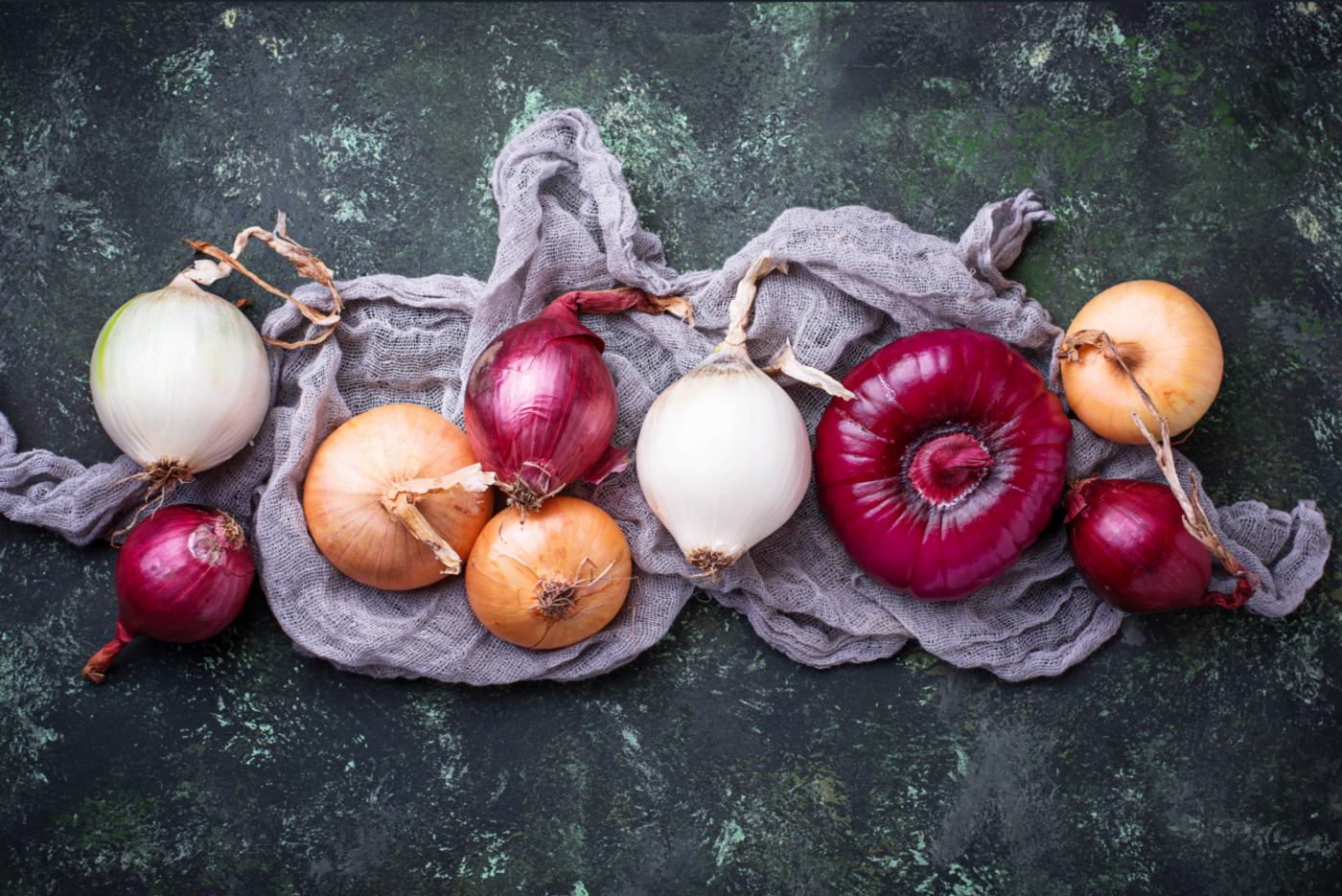Read More: Culinary History of Types of Onions
Ancient Roots: The Allium Family’s Early Reign
The onion’s story, and that of its allium relatives, begins in the mists of time. Evidence suggests onion cultivation dates back at least 5,000 years, likely originating in Central Asia (present-day Iran and West Pakistan). Shallots, too, are believed to have originated in Central or Southwest Asia. Archaeological digs in Bronze Age settlements have unearthed onion remains, and ancient Sumerian texts (circa 2500 BC) detail allium cultivation and culinary use. Egyptians revered onions, viewing their concentric layers as a symbol of eternal life. Onions were placed in the tombs of pharaohs, depicted in artwork, and used as currency.
The ancient Greeks and Romans embraced both onions and shallots. Greek athletes consumed onions, and Roman gladiators used them for purported strength. Pliny the Elder documented various alliums and their medicinal properties. While distinctions between onion varieties were less defined than today, it’s likely that shallots, with their milder, more complex flavor, were already appreciated for their unique qualities. The Romans are credited with spreading shallots throughout Europe during their conquests. The name “shallot” is believed to derive from Ascalon, an ancient city in present-day Israel, where the Romans supposedly encountered them.
The Medieval and Renaissance Allium
As the Roman Empire waned, onions and shallots remained staple foods throughout Europe. During the Middle Ages, they were easy to grow, stored well, and added crucial flavor. “Onion pottage” was a common dish, and shallots, though perhaps less widely available, would have been prized for their refined taste in more affluent households.
The Renaissance saw a resurgence in culinary arts. Cookbooks began featuring more sophisticated preparations, with greater emphasis on specific ingredients. Shallots began to appear more frequently in written recipes, often recommended for sauces and dishes requiring a delicate onion flavor. The development of trade routes expanded the availability of different allium varieties.
The Age of Exploration and the Global Allium
The Age of Exploration (starting in the 15th century) revolutionized the global distribution of food, including onions and shallots. Explorers introduced these alliums to the Americas, where they quickly became integrated into Native American cuisine. This transatlantic exchange led to a blossoming of regional cuisines, each with unique approaches to using onions and shallots.
The Rise of Specificity: Onions and Shallots Find Their Niches
While strong storage onions dominated for centuries, the 20th century witnessed a growing appreciation for the nuances within the allium family.
The Vidalia onion, and other sweet onions like Walla Walla and Maui, emerged as distinct varieties, prized for their low sulfur content and high sugar. This allowed for raw consumption and beautiful caramelization, opening new culinary avenues.
Simultaneously, the shallot gained increasing prominence in fine dining. Its delicate, complex flavor – a blend of onion and garlic with subtle sweetness – made it a favorite of chefs for sauces, vinaigrettes, and refined dishes. Unlike onions, which are typically grown from seed, shallots are grown from cloves, similar to garlic. This vegetative propagation contributes to their consistent flavor profile.
Modern Allium Cuisine: A World of Flavors
Today, chefs and home cooks embrace the full spectrum of onion types and the elegance of the shallot. Understanding these differences is key to achieving specific culinary results.
- Yellow Onions: The versatile base for countless dishes, from soups to curries, prized for their ability to caramelize.
- White Onions: Offer a crisp, sharp bite, ideal for Mexican and Southwestern cuisine.
- Red Onions: Add vibrant color and mild flavor to salads, sandwiches, and pickles.
- Sweet Onions: Celebrated for raw sweetness and caramelization without bitterness.
- Shallots: The “gourmet” choice, lending a refined onion-garlic flavor to sauces, dressings, and delicate dishes. They’re also excellent roasted or pickled.
- Scallions and Green Onions: These offer a delicate onion flavor and are used as garnishs, as well as a main componant in many Asian stir-fries.
Beyond these main categories, heirloom and specialty alliums continue to be cultivated.
The Future of the Allium Family
The culinary journey of onions and shallots is far from over. As chefs explore global flavors and push boundaries, these alliums will remain essential. New varieties may emerge, and traditional uses will be reinterpreted. The enduring appeal of this family, from the robust onion to the refined shallot, lies in its remarkable versatility and ability to transform dishes with its depth of flavor. Their story is a testament to the power of simple ingredients to shape culinary history and continue to delight our



Comments